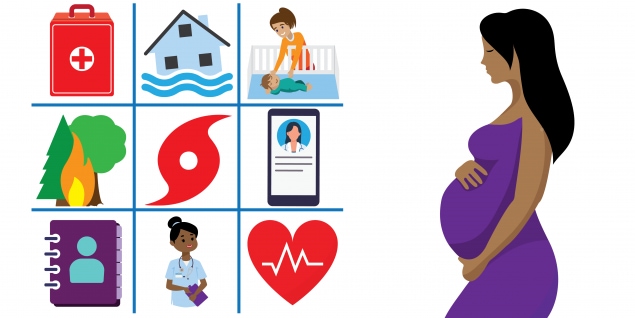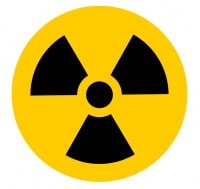At a glance
CDC advances science and helps the public health system address reproductive and infant health before, during, and after public health emergencies.

Impact of Public Health Emergencies on Reproductive Health
Public health emergencies disrupt lives, families, and communities. These emergencies fall into the following three categories:



Public health emergencies can affect access to medical and social services. They can also increase stress, intensify physical work, and expand caregiving duties. The Pandemic and All-Hazards Preparedness and Advancing Innovation Act of 2019 classifies pregnant women and infants as a population with special clinical needs.
Responding to Recent Public Health Emergencies
Coronavirus Disease 2019 (COVID-19)
CDC supported multiple efforts to better understand the impact of COVID-19 during pregnancy. Efforts included establishing data systems and research to direct public health action and inform clinical guidance—for the care of affected pregnant and postpartum people and infants. Learn more about clinical guidance and vaccination considerations for people who are pregnant or breastfeeding.
Zika Virus
During the 2016 Zika Virus Outbreak, working with CDC subject matter experts and external partners, such as CDC Foundation and Puerto Rico Department of Health, CDC did the following:
- Established surveillance systems to collect information on pregnant people infected with Zika virus in the United States and associated territories.
- Implemented the PRAMS Zika Postpartum Emergency Response Surveys (PRAMS-ZPER).
- Used the Behavioral Risk Factor Surveillance System (BRFSS) to assess contraceptive use Contraceptive Assessment in Puerto Rico during Zika (CAPRZ)—2016.
- Established the Zika Contraception Access Network (Z-CAN) and developed a toolkit for increasing contraceptive access during public health emergencies.
Ebola Virus Disease (EVD)
During the 2014–2016 Ebola Outbreak in West Africa, CDC collaborated across subject matter areas. This resulted in guidance documents on breastfeeding and recommendations for screening and treating pregnant women with suspected or confirmed Ebola virus.
CDC provided technical support for Rapid Ebola Preparedness visits to US hospitals preparing for possible Ebola-infected obstetric cases. CDC also addressed inquiries from health care providers and the general public. Learn more about CDC's Maternal Health Response to 2014–16 Ebola outbreak.
Pandemic Influenza
During the 2009 H1N1 Pandemic response, CDC's Maternal Health Team developed nine maternal health guidance documents and addressed more than 4,600 maternal health inquiries. See a Supplement to the American Journal of Obstetrics and Gynecology (AJOG) to learn more about lessons learned during the Pandemic H1N1 response and special considerations for pregnant people and newborns.
